Turquoise in “Burnt City”
In the burnt city, the work of drilling turquoise beads was done with the same method and the tips of the drills used to work on the azure stone, but on none of the drill tips found in the burnt city, the effect of turquoise powder indicates the use of these drills for the hole. Unseen turquoise beads, But since in the villages of Central Asia, the same tools and methods were used to pierce the turquoise at the same time as the burnt city, we can consider this method to be true for the burnt city as well.
In an examination of the objects of one hundred tombs from the burnt city (if we want to consider only the ratio between turquoise and azure without considering other stones), it was found that seventy percent of the beads were made of turquoise and thirty percent were made of azure stone. This statistic is interesting because lapis lazuli is found in about seventy-five percent of residential and industrial areas, ie almost everywhere in the city, while turquoise is found in graves and is almost invisible in residential and industrial areas.
How To Identify Real Turquoise??
Turquoise in America
Turquoise is of particular importance in Native American culture, especially among Navajo people. This stone is a semi-precious gemstone that is often known as the “stone of life” due to the popularity of Navajo turquoise jewelry.
Estsanatlehi is one of the Navajo goddesses who widely use turquoise to highlight herself and is well-known in mythology. At first, he was of turquoise himself, and his clothes were made of turquoise and his jewelry of turquoise, and he lived in a turquoise house on the west horizon. Today, young Navajo women dress in the same way at weddings and sing songs in the tribe that are said to be songs to call the goddess so that she can go to the dawn and they can see her.
In some Native American legends, it is said that when the sky opened after a long drought and it rained, people’s tears fell to the ground, and turquoise formed. This stone has been considered in many spiritual ceremonies. For example, they throw a piece of turquoise into a river and pray to the god of rain.
Turquoise stamping
Turquoise(stamping) is a handicraft and is made by placing small pieces of a turquoise stone in a mosaic shape on the surface of dishes, ornaments, and decorative objects (from bases made of copper, brass, silver, Warsaw, or bronze). A kind of dark lacquer is placed between the turquoise pieces. The more elaborate and organized the turquoise dish and the shorter the distance between the turquoise pieces, the greater its artistic value. Today, the center of this art is Isfahan.
This art was done about 60 or 70 years ago in Mashhad (North Khorasan) by Nematullah Layegh (known as Nematullah Khan) and was brought to Isfahan.
The art of turquoise, like many arts, has a decorative and luxurious aspect. But since this art is based on dishes such as confectionery, sugar, vases, sprinklers, sangabs, and…. They implement only the practical aspect. But as we said, turquoise was applied to the jewelry before it was done on the dishes. An art that still has many fans today.
But today, turquoise is used not only on dishes and jewelry to make exquisite paintings. In this way, calligraphy is written on the surface if it is a fabric and then the turquoises are glued on it, if the desired surface is wooden, after the laser, the desired design is worked on the wood of the turquoise pieces inside them.
Turquoise stamping and its manufacturing steps
To create a turquoise effect, three steps must be taken to obtain a beautiful turquoise effect. In the following, we will explain the steps of making a turquoise work.
1) Gold smithing:
Gold smithing is the making and preparation of an object with one of the metals mentioned above. This is done by goldsmiths or metalworkers by hand, press, or both.
After making the general form of the object, whether it is a container or ornament, determine the part that should be turquoise and put a thin metal string (of the metal type of the object) called “digging” around it and solder it to the part that Around the desired form, a so-called wall with a height of two to three millimetres from the surface of the container.
If the part prepared for turquoise takes up a lot of space and its background looks empty, they will solder it again with strings of the same metal with smaller details in a decorative form (flowers, plants, etc….
In addition to beautifying the work form, this action also gives more strength to the turquoise surface.
2 )Turquoise:
First of all, the turquoise craftsman buys unusable turquoise particles from the turquoise workshops or mines of Mashhad, Neishabour, and Damghan. Since these particles are associated with some soil and ordinary particles, they are first separated and cleaned from other wastes. Then, the turquoise particles are separated from each other according to their size and so-called granulation, so that in the construction of each turquoise product, a turquoise piece is used that is more suitable for the turquoise work surface.
In the next step, heat the desired object (about 30 degrees Celsius) and while heating the parts to be turquoise, sprinkle “walnut varnish” so that the varnish powder is almost melted and covers the surface of the relevant part. While the lacquer is still soft and molten on the surface of the object and has a sticky state, some turquoise particles are prepared according to the required size. The stones should be placed next to each other so that there is no gap between them as much as possible.
To fill the possible gaps between the turquoise stones, they increase the heat a little (about 40 degrees Celsius) and sprinkle another amount of lacquer powder on the stones until the lacquer layer melts, and then try adding smaller stones. They do this so that the stones are completely in place and so-called sit on it. This is usually done with the help of hands. In this way, they press on the surface of the turquoise by hand to adhere well to the work surface. After cooling the object, the lacquer parts become hard and stiff. After this stage, the parts covered with varnish and turquoise stone are “sanded” by sanding stone so that the additional parts of the varnish and the small protrusions of the stones are rubbed and polished. It is here that the turquoise and lacquer stones of almost black (dark brown) colour appear between the distances of the stones.
At the end of this stage, if there is any confusion in parts of the work surface, the object is heated again and the cast parts are repaired with small stones and lacquer powder, and then the work surface is sanded and polished. Sometimes the restoration is done with a kind of turquoise putty prepared with “mel” oil and azure paint.
3)The last stage of turquoise work is the payment of work that is done in two stages.
The first step is to polish the metal parts that have been done in the jewelry or turning workshop and remove the opaque and dark-coloured layer that has been created on the metal parts during the turquoise process by hand tools or a grinding blade. These metal parts are then polished to make them transparent and polished.
The second stage is polishing the turquoise product, which after polishing the metal parts of the object is returned to the turquoise craftsman’s workshop, where the turquoise surfaces are polished with olive oil or sesame oil to make these parts transparent and shiny.
The craftsman who produces turquoise beats also uses work tools and tools in the work process, which mainly include molds, hammers, drills, gas lights, gasoline lights, pliers, pliers, pliers, paints of various metal pipes, razors, and sandpaper.
The important point in turquoise is first of all the correct installation of turquoise on the metal so that it has enough strength and does not come off when polishing the turquoise parts, and the more abundant the turquoise is, and the more regular the stone parts in If they are installed next to each other and there is not much distance between the turquoise pieces, the work has more artistic value.

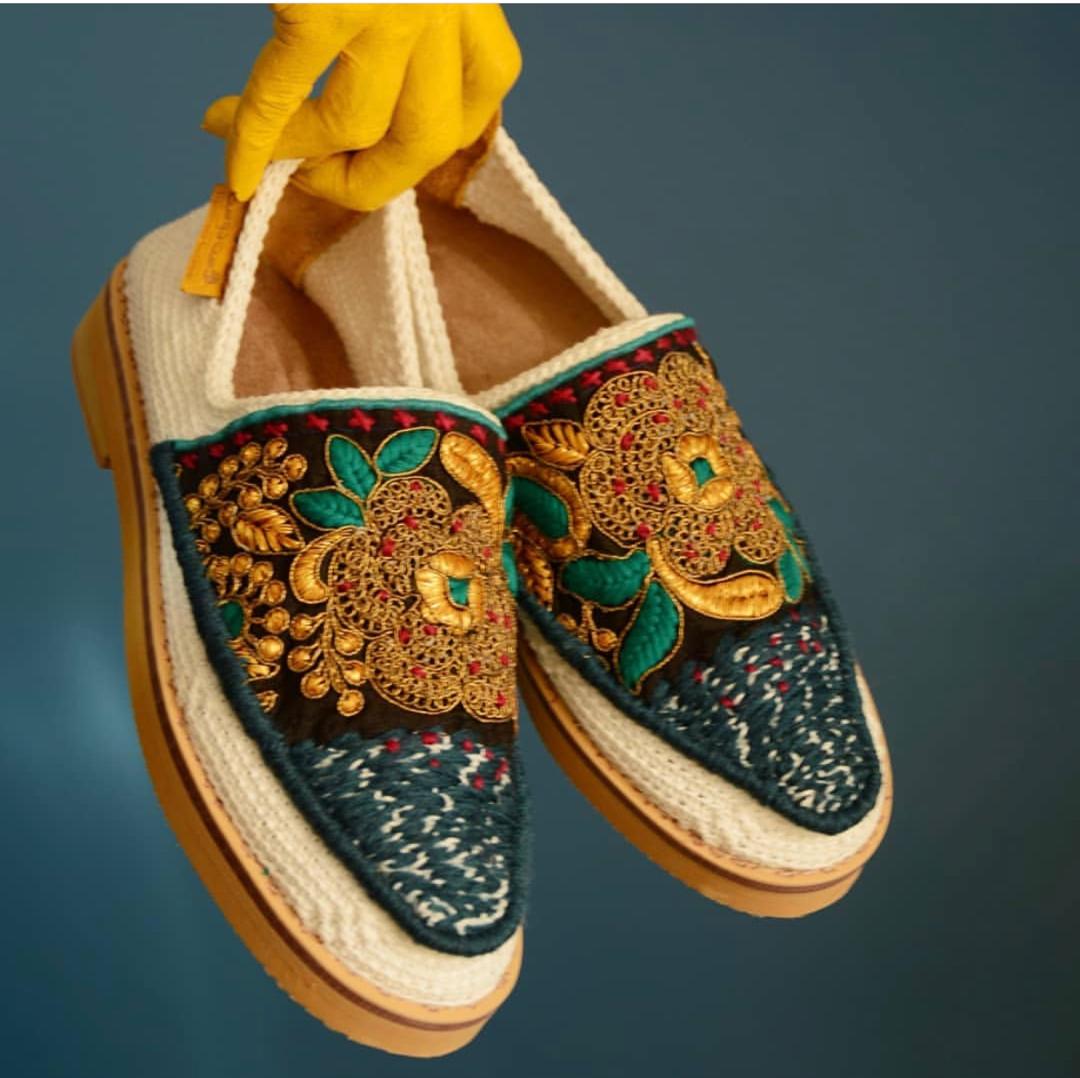
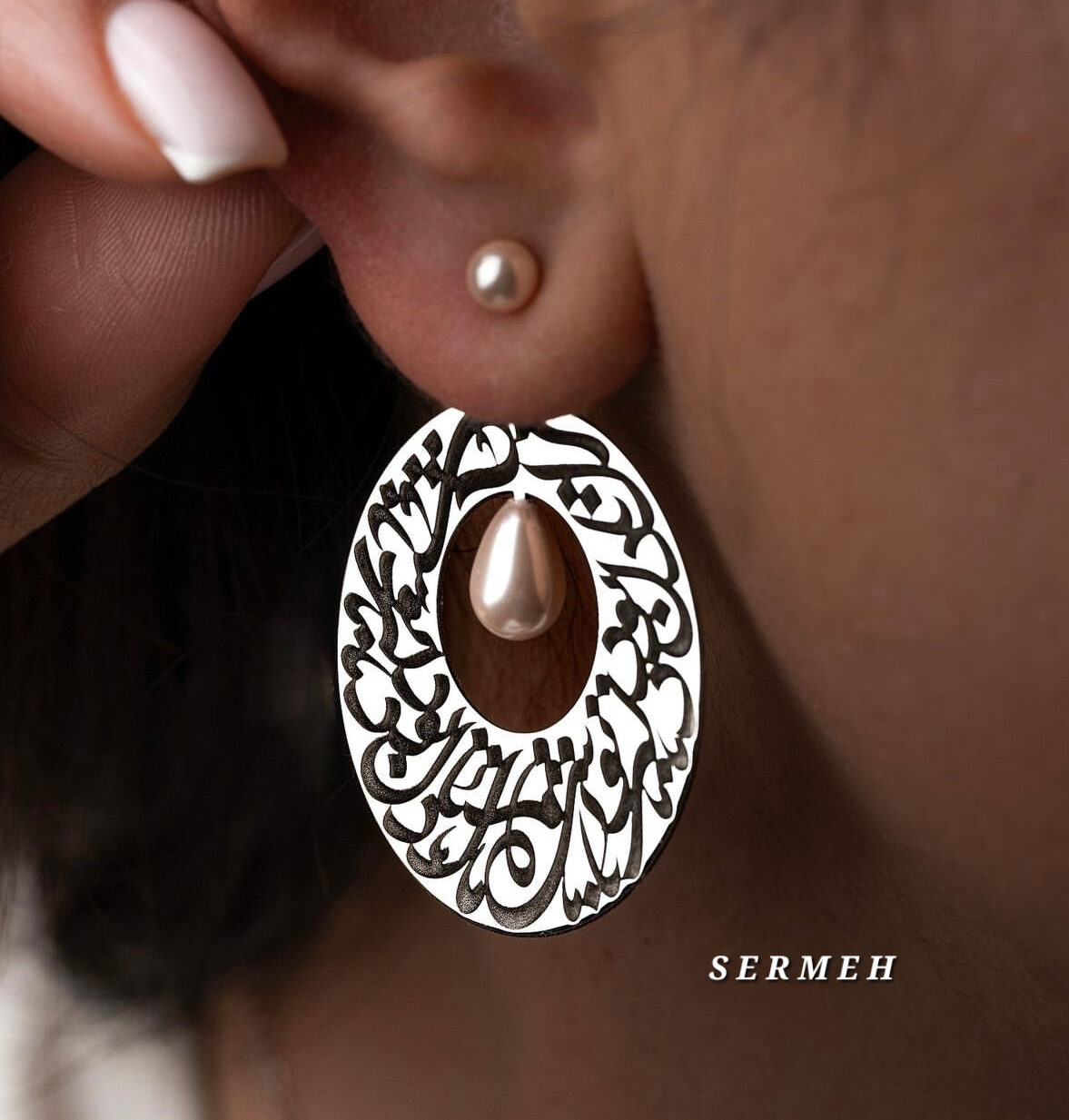


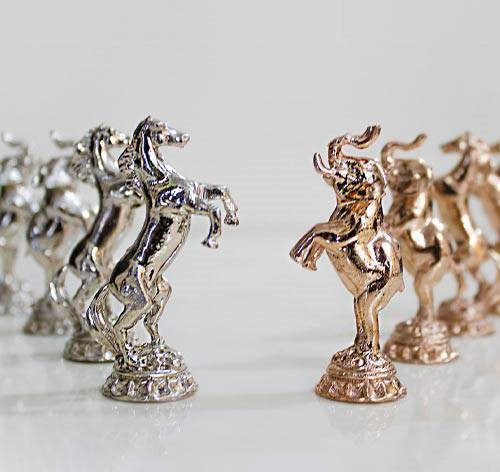
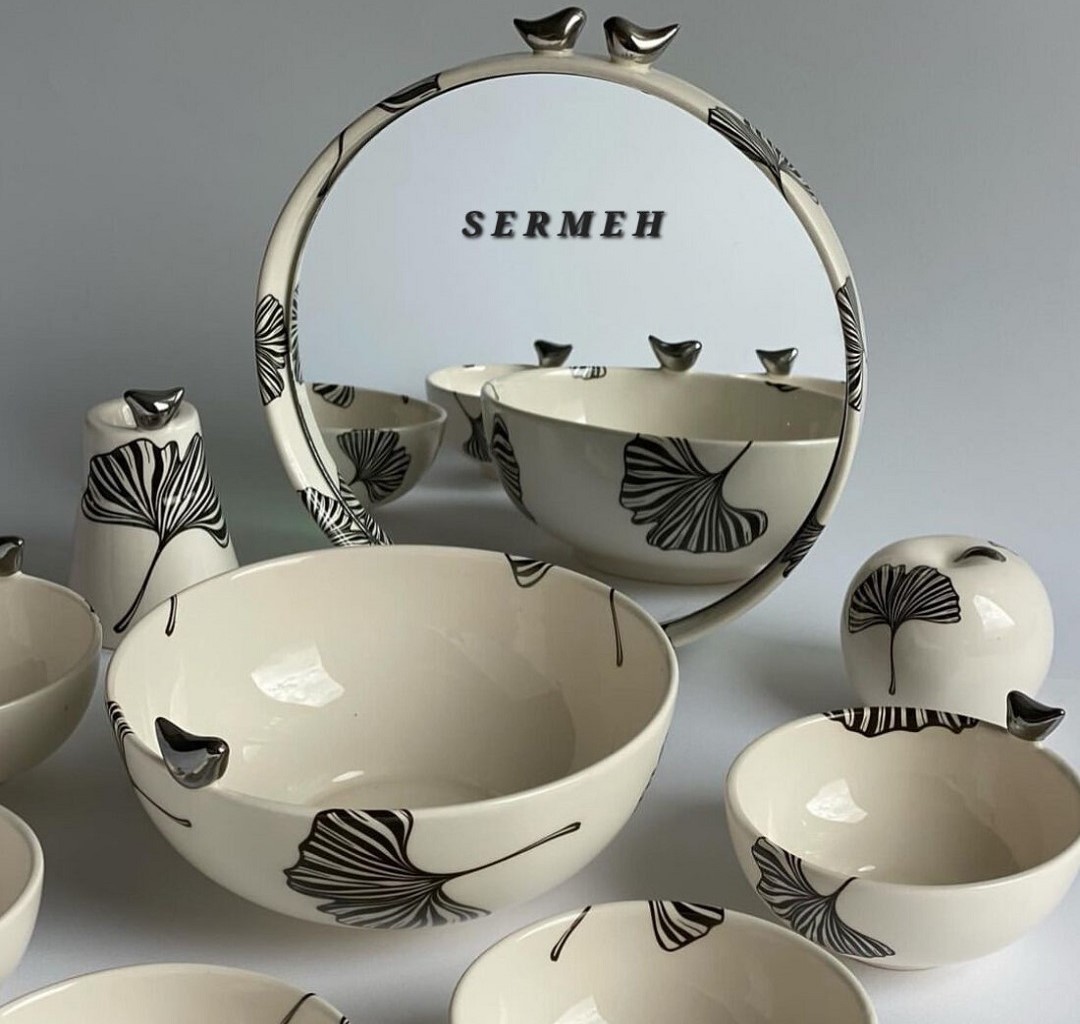
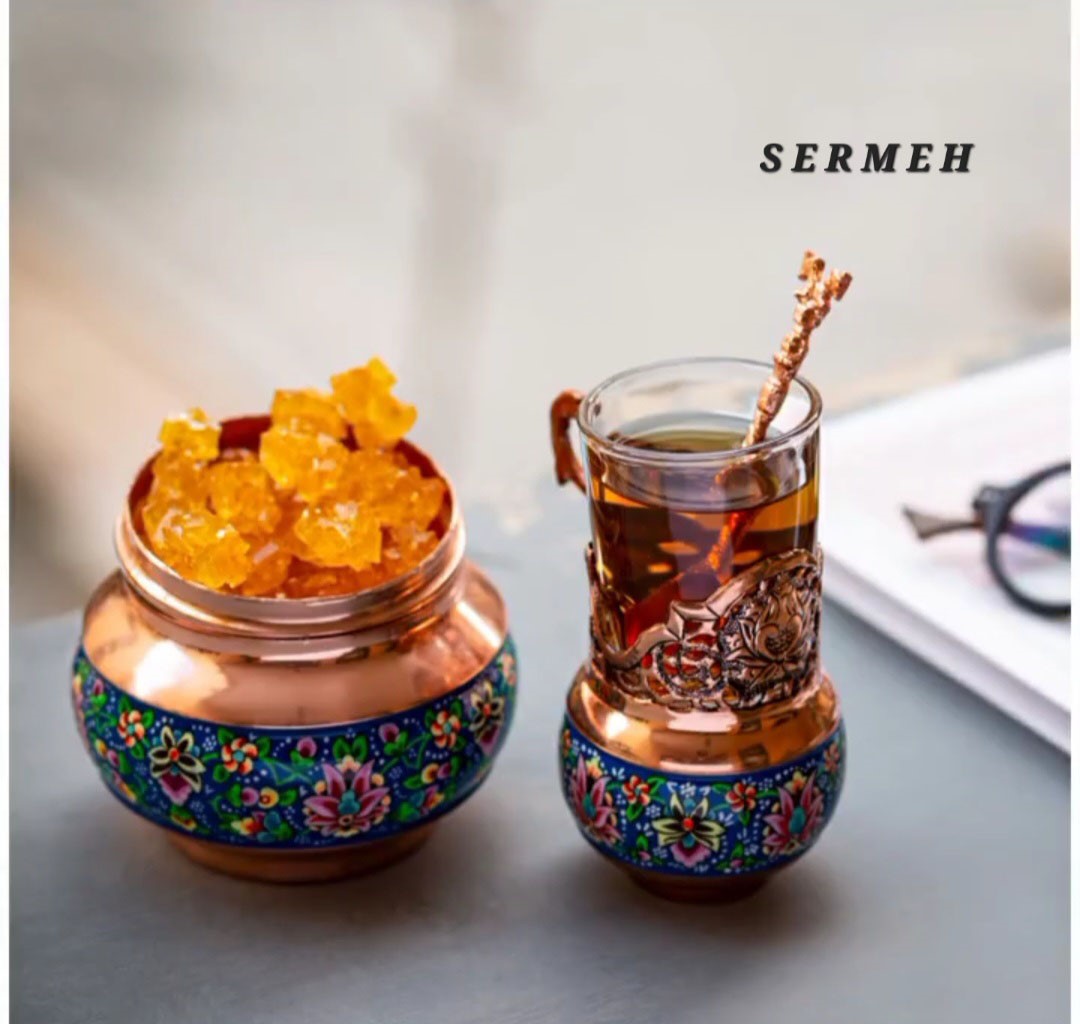
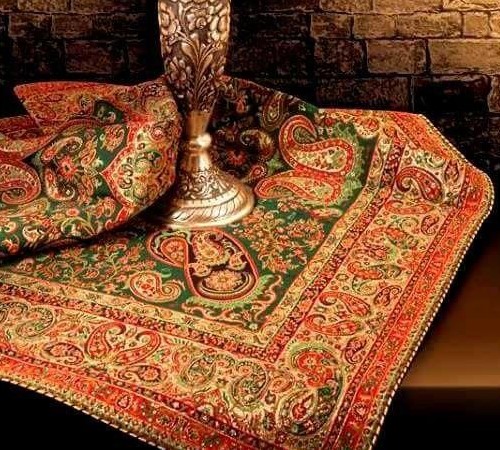
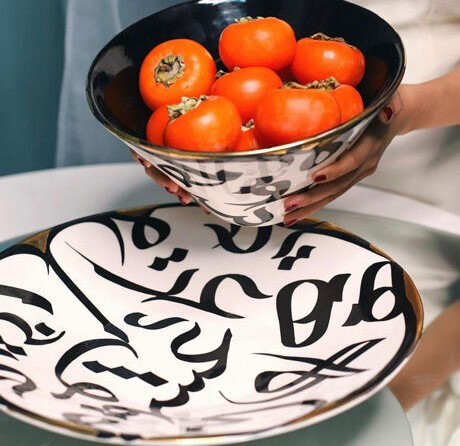

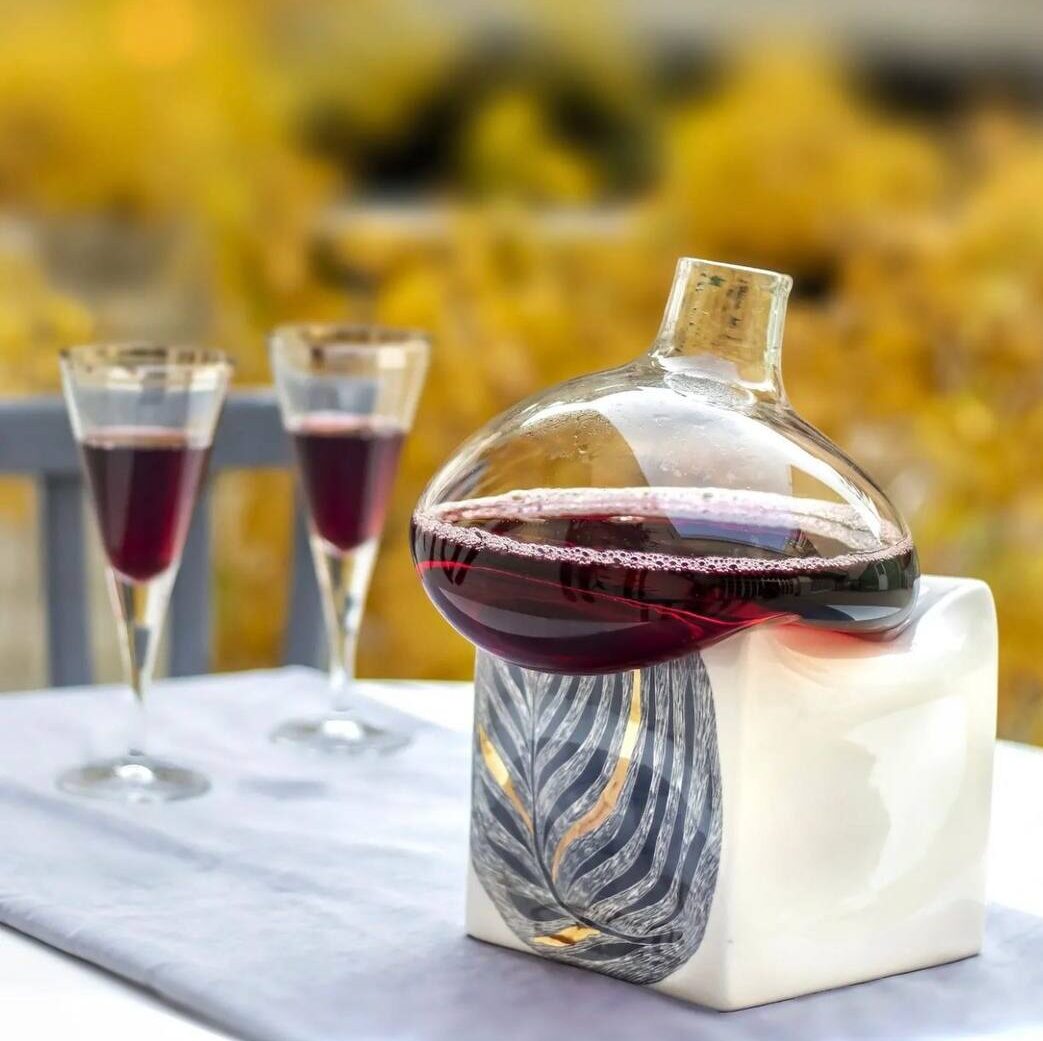

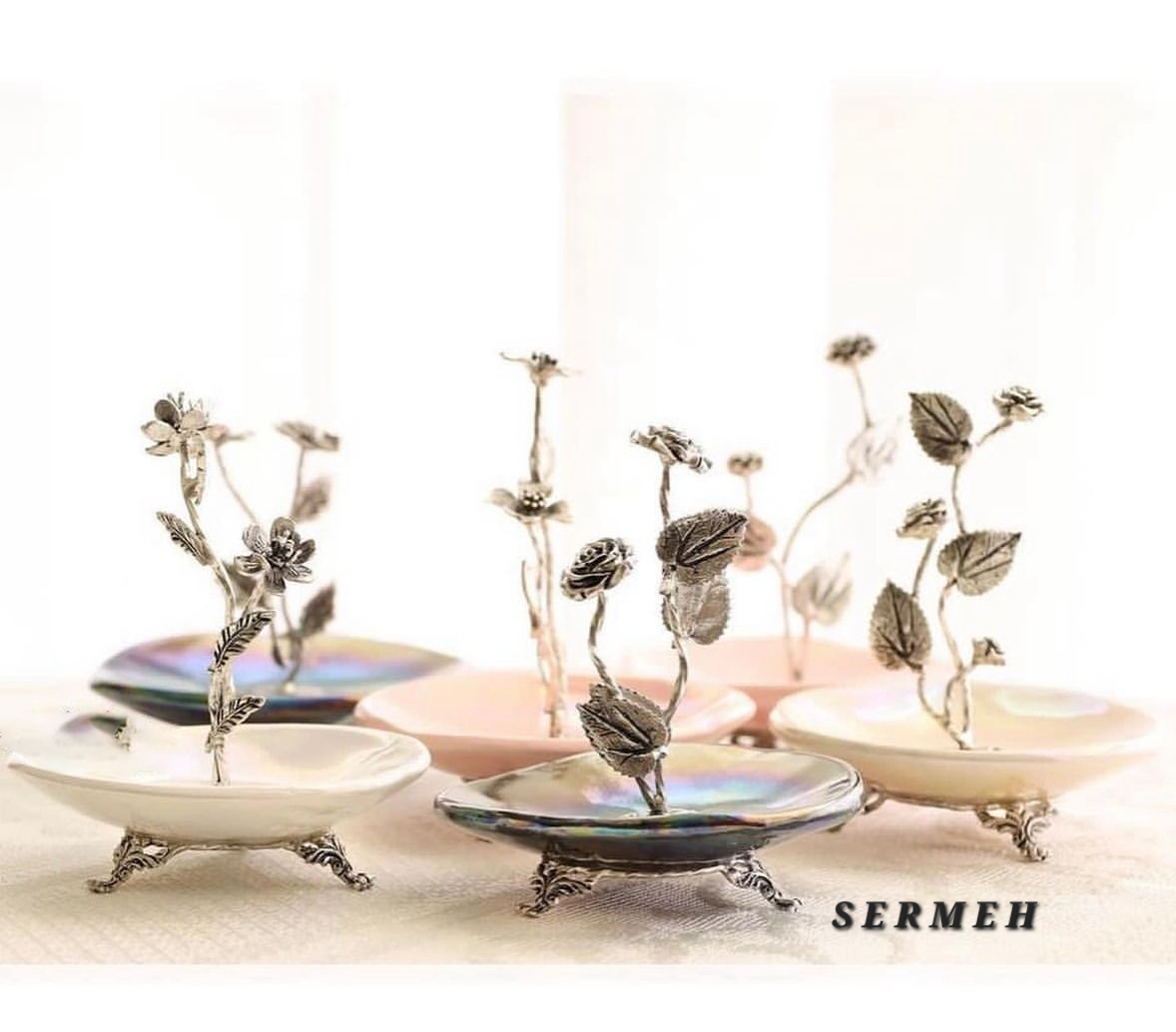
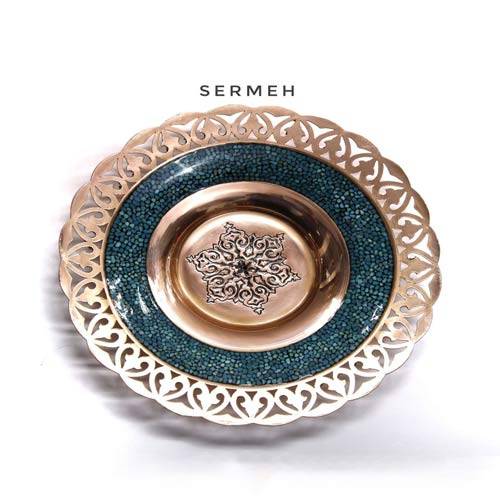

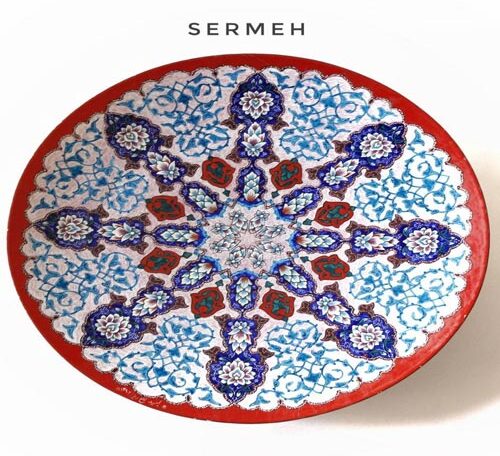
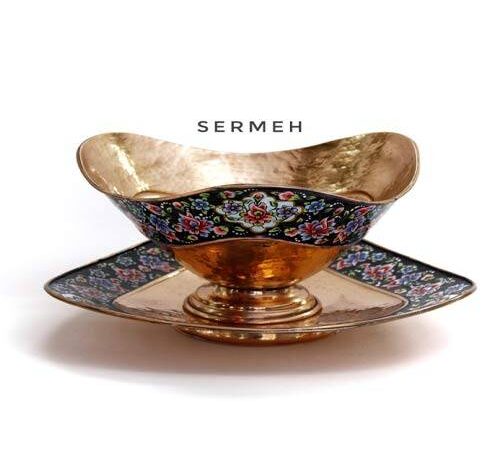
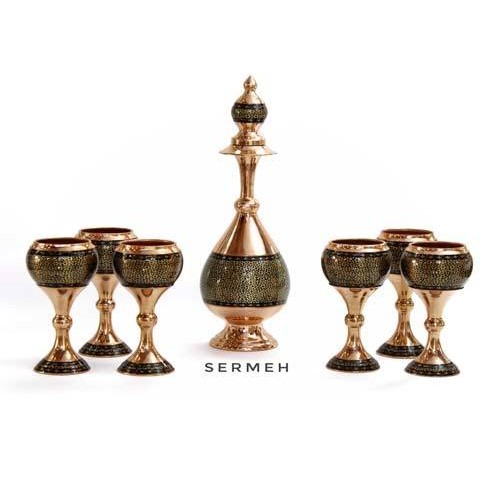
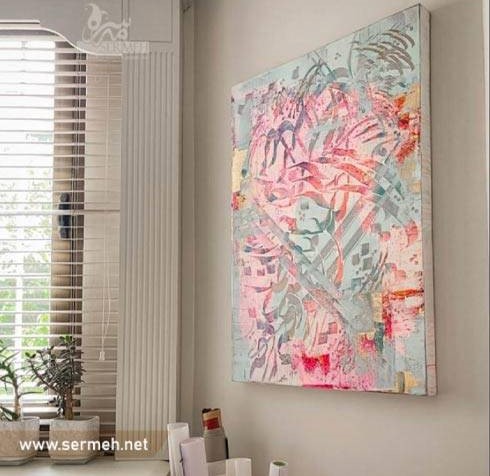
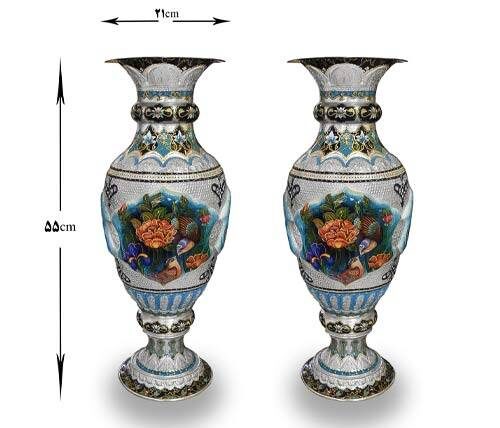
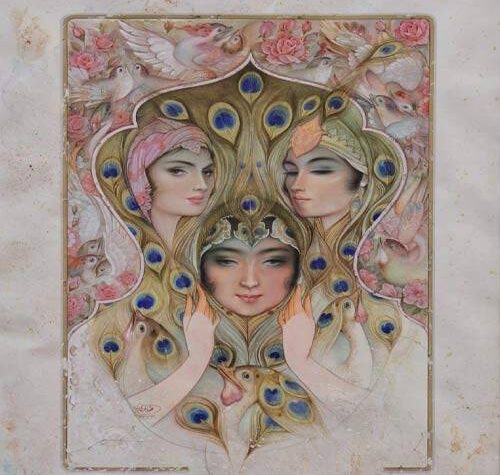
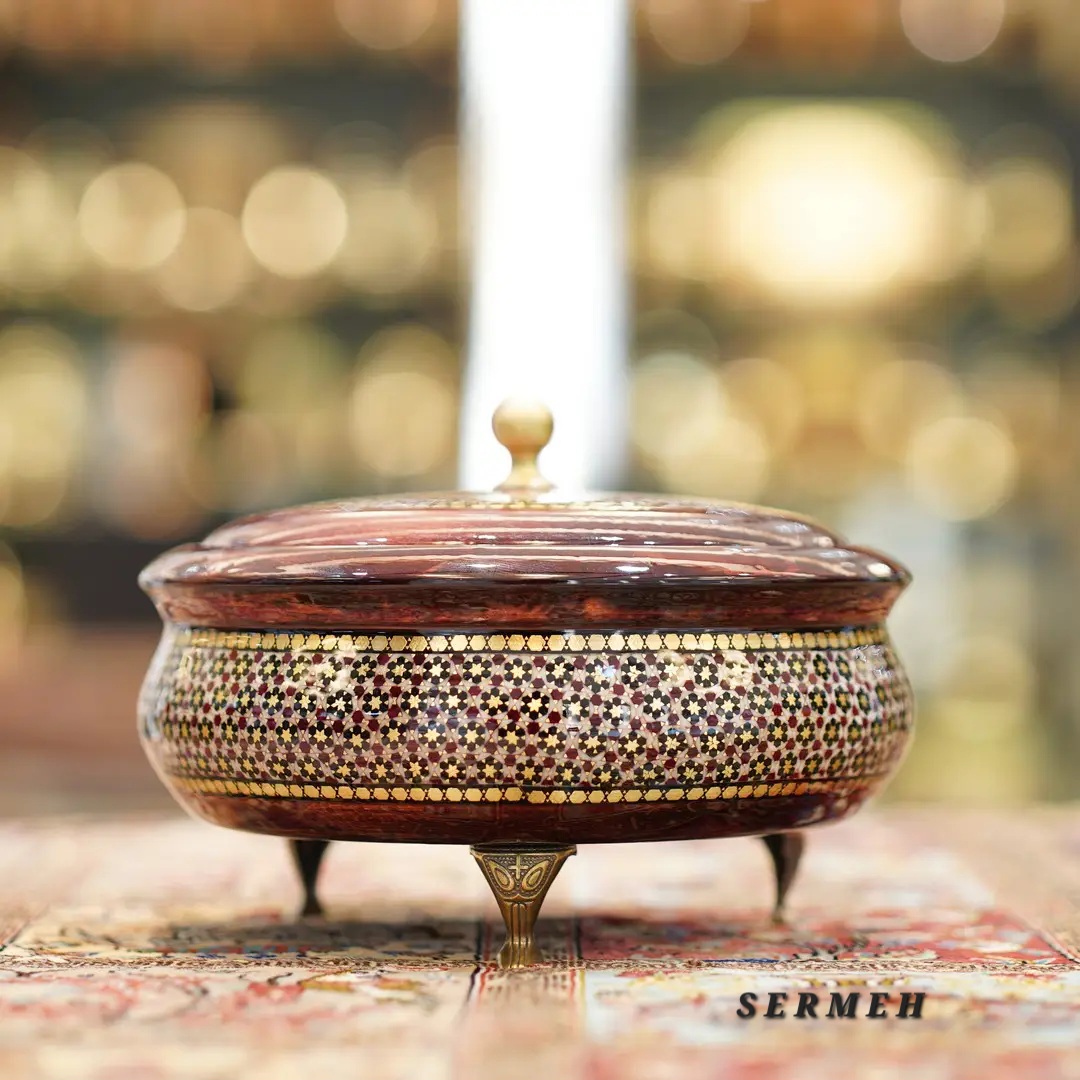
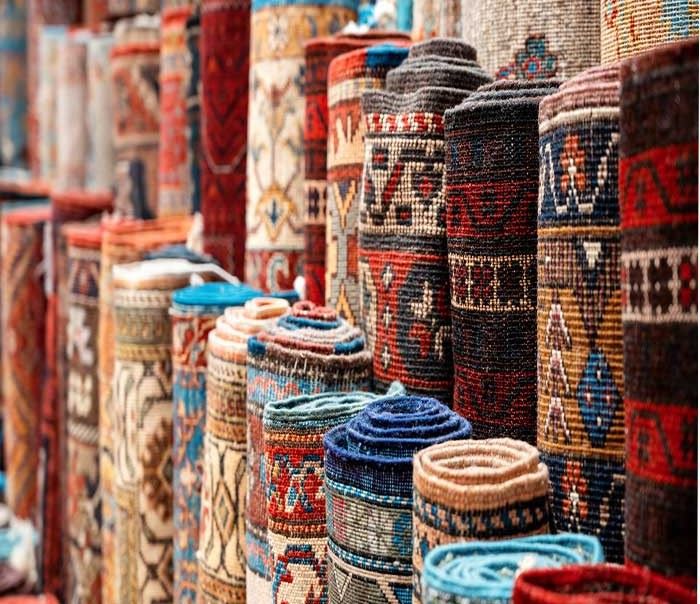
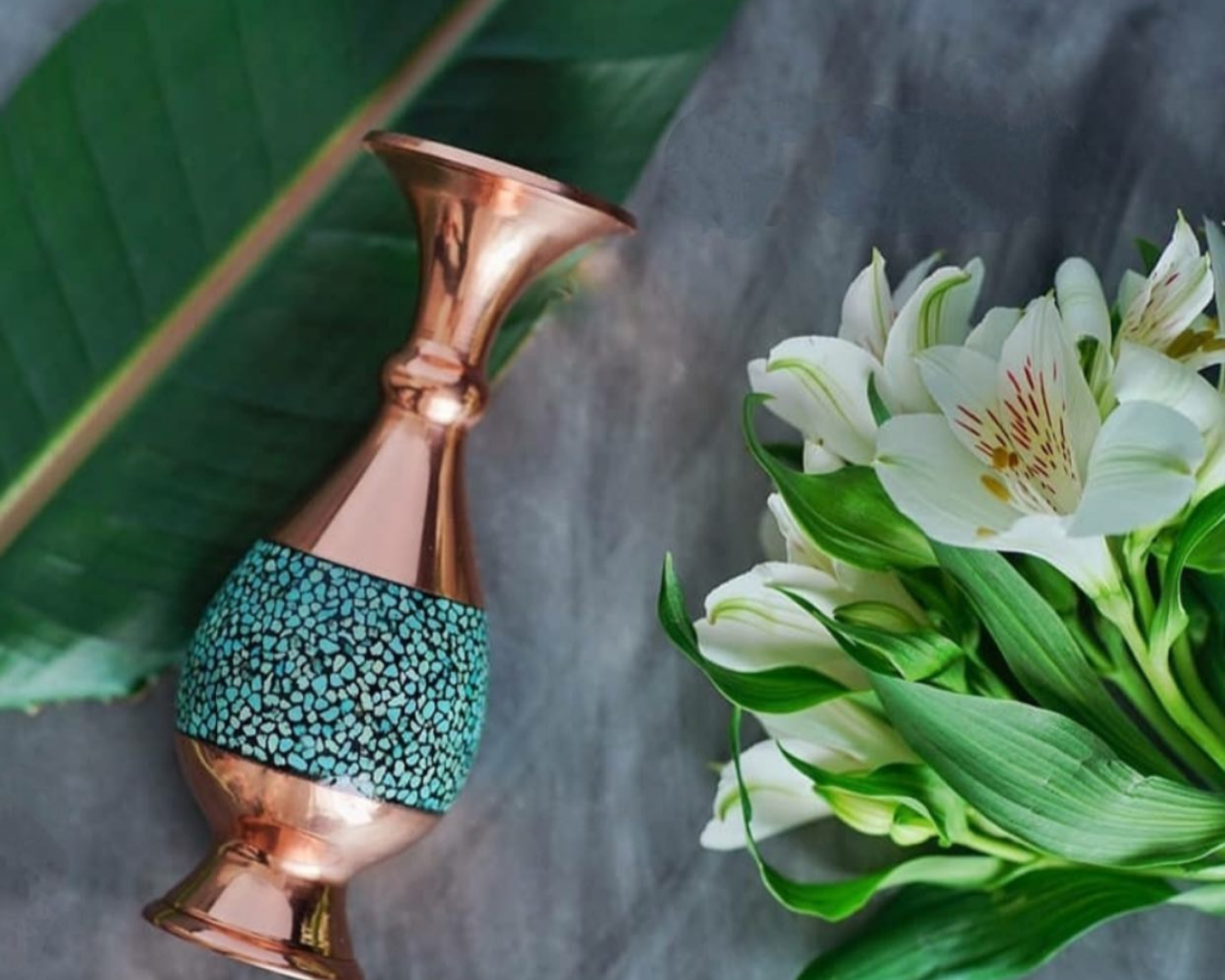
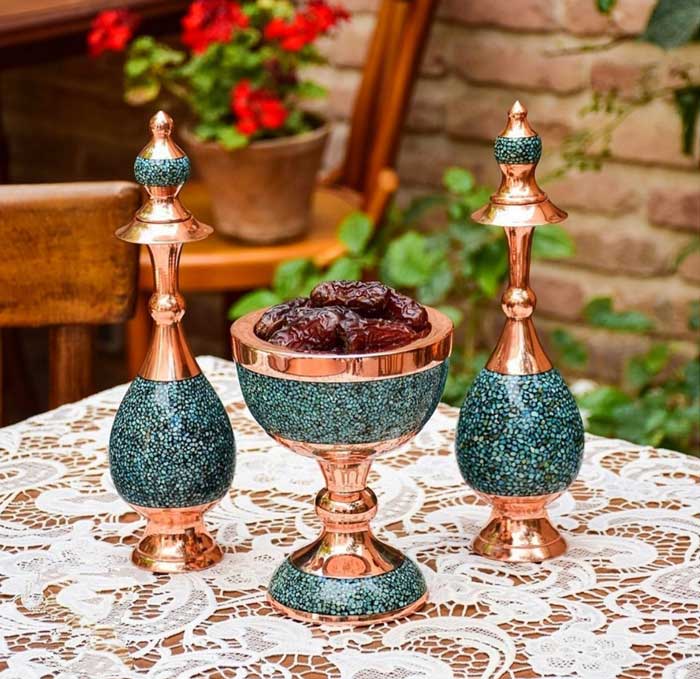
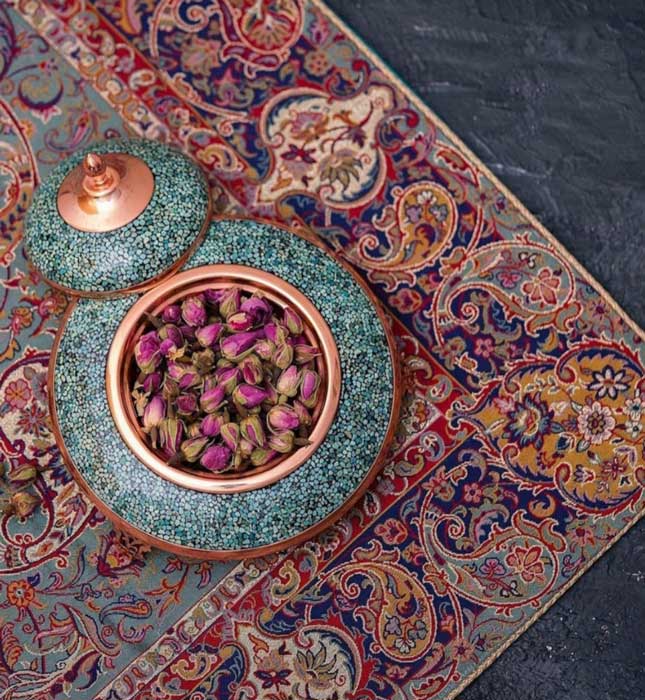
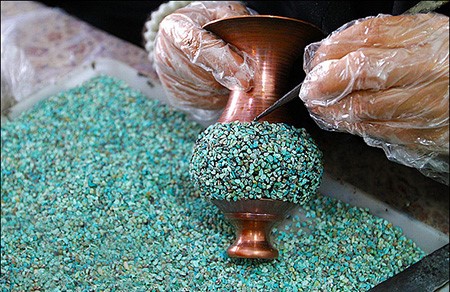
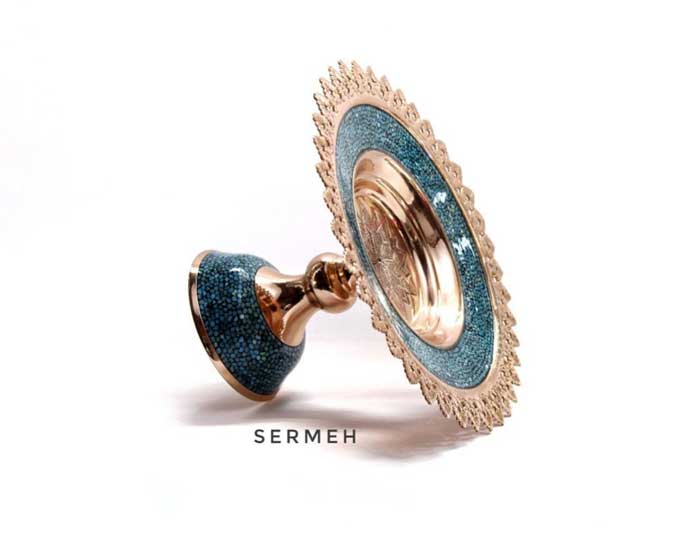
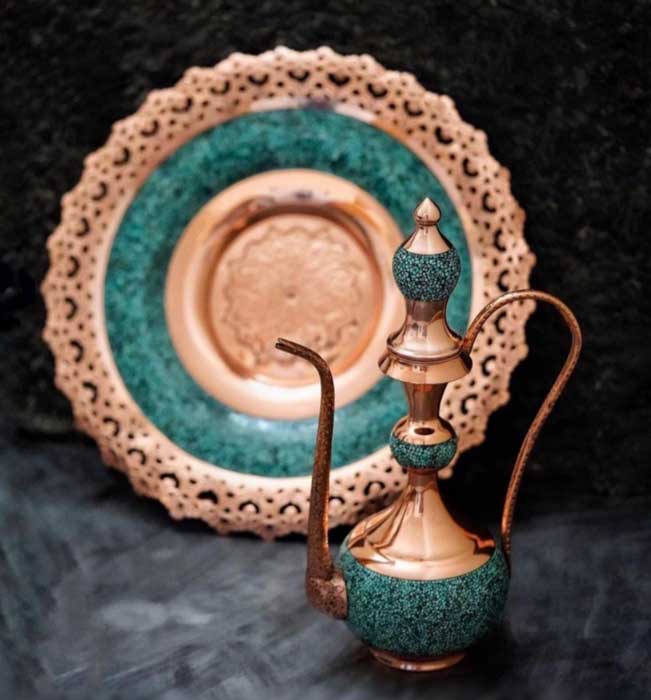
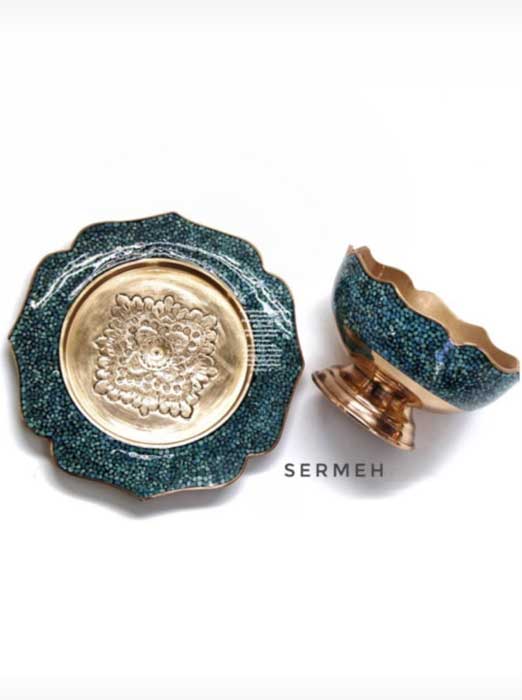
https://sermeh.net/history-of-turquoise-stone/